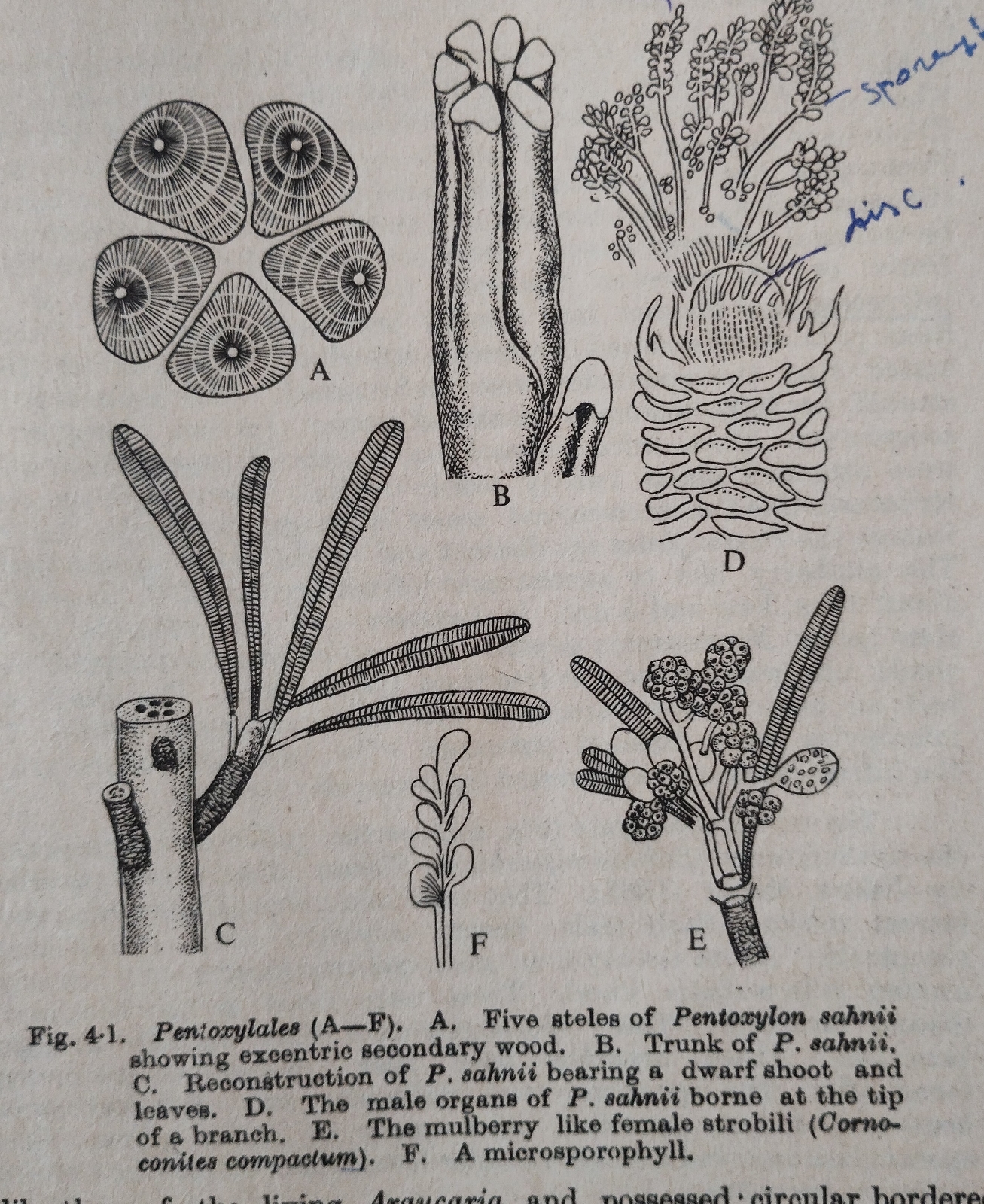Stratification in forest
The vertical distribution of plants of different height in a forest ecosystem is called as stratification.
The vertical structure of a forest onsists of the following 3 layers:
(1) Tree layers
It is again divided into canopy & understory.
(2) Shrub layers
(3) Herb layers
(4) Forest floor
It is again divided into moss layer & Root layer.
#Tree layer:
(i) This layer ranges from 5 mt to 45 mt in height .
(ii) It is mainly made u of top stratum i.e. phnerophytes (flowering trees).
(iii) Canopy is formed by the crowns of the adjacent trees .
(iv)When any individual tree overcome the canopy, then the emergent layer is formed.
(v) The Understory layer is formed by those trees whose height is in between the height of Canopy and shrubs .
Tree layer plays an important role in forest ecosystem by * determining the amount of sun light for the successive layers & * it also reduces the force of heavy rain to prevent soil erosion .
# Shrub layer :
(i) It ranges from 1.5 mt tob5 mt .
(ii) Young growing trees , bushy plants (high bushes and low bushes) etc are its members .
(iii) This layer receive sun light filtered by the canopy .
(v) Usually , shrub layer is the habitat of bush nester birds .
# Herb layer :
(i) It ranges from 0.5 mt to 1 mt in height .
(ii) Early flowering herbs & various ferns are its members .
#Forest floor :
(i) It ranges from soli level to 0.15 mt .
(ii)different types of pteridophytes , bryophytes ( mosses), algae, fungi , lichens ,etc are the members of this layer .
(iii) Roots of different plants , rhizomes, bulbs and tubers made the root layer .



Comments
Post a Comment